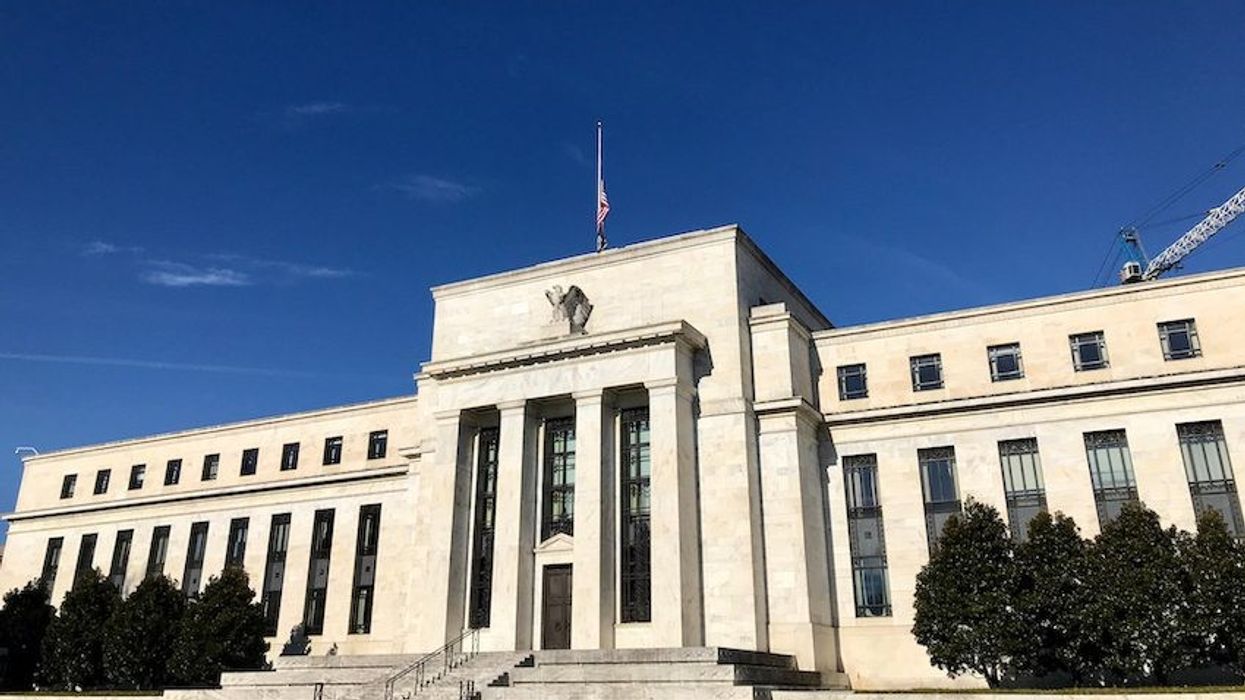The US Federal Reserve made its most recent monetary policy move yesterday, upping its federal funds rate to 2.5% in a 75-basis-point (bps) increase. It’s the second hike it has made of such size since June, as the country faces 41-year high inflation of 9.1%.
That means the US cost of borrowing is now on par with the Bank of Canada’s, which increased its trend-setting Overnight Lending Rate to 2.5% via a surprise 1% hike on July 13. Like the BoC, the Fed’s policy rate can now be considered “neutral” -- in a range that neither stimulates, or hinders, economic growth.
However, the Fed is strongly indicating that its hiking cycle is far from over, with the Federal Open Market Committee (FOMC) stating it “anticipates that ongoing increases in the target range will be appropriate”.
That sets up another hike to occur in their next announcement on September 21, though it remains unclear at this time whether it’ll be as hefty as 75 bps. Previous hawkish forecasts made in June have called for the policy rate to reach as high as 3.4% in 2022 and 3.8% in 2033.
In addition to the cost of borrowing, all eyes were on this announcement to gauge whether the Fed feels a recession is imminent. The Fed did indeed appear more bearish on the economy, pointing to slower economic growth, writes BMO Deputy Chief Economist Michael Gregory in an investor note.
“On balance, this is a slight tilt in the Fed’s perception towards slower economic growth and more stubborn inflation (a mixed signal for policy),” he says, adding that BMO is sticking with its official call of a 50-bps hike in September.
US GDP is down 0.9% annually, following a 1.6% drop in the first quarter of the year, according to the Commerce Department, with ‘personal consumption’ rising just 1%.
However, in the press conference following the rates announcement, Fed Chair Jerome Powell doubled down that a recession isn’t on the US’s doorstep -- yet.
“I do not think the U.S. is currently in a recession,” he stated, while suggesting that the recently made large hikes -- reflecting a total 150 basis points since June -- are starting to make their mark on inflation.
He also hinted that another “usually large increase” could be in the cards in the Fed’s next meeting -- though the economic data will tell -- before they start to slow their roll in the months to come.
“Potentially Much More Pain to Come”
Canadian consumers are wise to keep a keen eye on the Fed’s moves, as monetary policy south of the border directly influences our own central bank; the Bank of Canada and Fed traditionally move in lockstep on interest rates, as deviating too far off the Americans’ course has consequences for the Canadian Dollar.
READ: RBC Downgrades Housing Market Forecast, Calls for Historic Correction
Rob McLister, mortgage analyst at Mortgagelogic.news, tells STOREYS that “the Fed confirmed it will keep lifting rates through a recession if inflation doesn't retreat fast enough. The same should be expected of the Bank of Canada.”
He points to the increasingly negative spread between 10- and two-year bond yields -- a metric known as the “yield curve”, and a historically strong signal of an impending recession within 18 months.
“There's potentially much more pain to come before central banks break the spine of inflation,” and that recession cues are becoming more apparent,” he says.





















